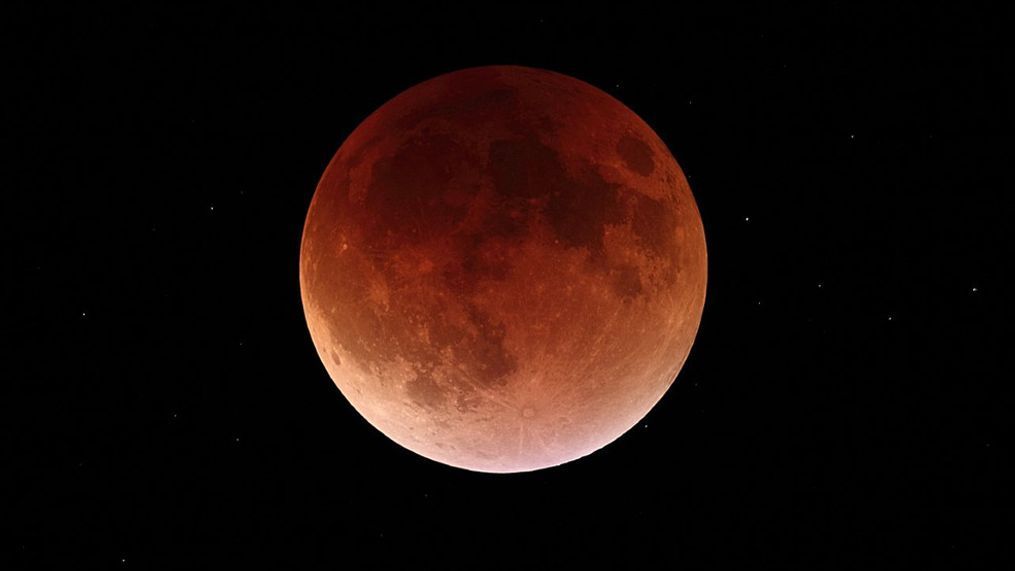Last lunar eclipse until 2025 happening Tuesday
KALAMAZOO, Mich. (WWMT) — Stargazers can catch the moon red-handed dark and early Tuesday, Nov. 8. That's when Earth gets in the middle of the Sun and the moon, casting a shadow that earthlings see as a total lunar eclipse, or "blood moon."
Election Day on Tuesday will be one for the record books. According to data scientist Tony Rice, this is the first total lunar eclipse to occur on Election Day as we know it; something that won't happen again until 2394, WJLA reported.
The moon adopts a reddish hue starting at 5:16 a.m. EST Tuesday, and won't appear normal again until sliding out of the Earth's shadow at around 6:41 a.m. Since the moon is setting at this time, observers should strive for an unobstructed view of the western horizon to see the total lunar eclipse.
The reason why the moon turns red goes back to the acronym "ROY-G-BIV", which stands for red, orange, yellow, green, blue, indigo and violet.
These seven colors blend together to form white sunlight, but can occasionally bleed through when scattered by dust, air molecules or water droplets within the Earth's atmosphere.
The earth's atmosphere scatters shorter wavelength blues and violets much more efficiently than it scatters longer wavelength reds and oranges.
Thus, these reds and oranges are left behind for the moon to reflect and refract back to the observer on Earth – that is, once the moon swings into the Earth's shadow.
Make sure you set your alarm early to see this celestial show!
A total lunar eclipse won't be visible from the United States again until March 14, 2025.




